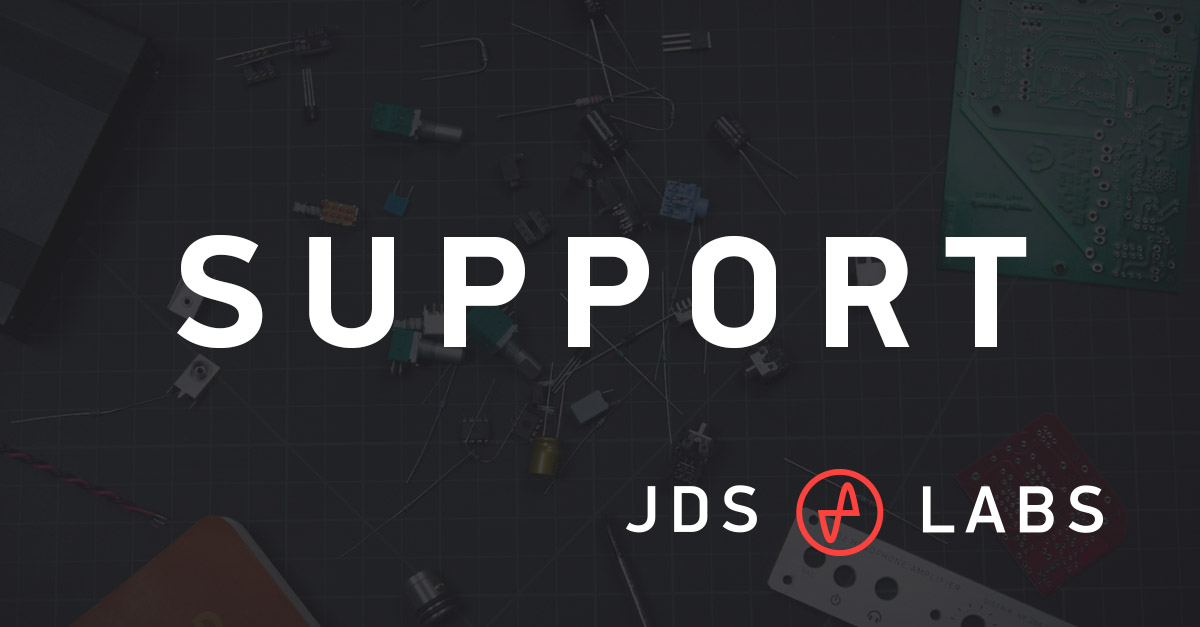In reality that would mean no fix though. This has been an issue on LG TV:s for years.
It was driving me crazy when we went from a projector setup to a TV a couple of months ago and after some searching it turns out to be a known issue.
Luckily I was actually using a JDS DAC so a simple workaround with the firmware was possible.
Yes, Samsung and LG should fix it on their end but I’d rather have a workaround until they do (which they most likely won’t )
This isn't the whole story though.
In TVland, they build to the second Toslink standard from the mid 1990s. (LG still fail to meet that standard on some of their sets, as shown by the JDS measurements). Future development for these big manufacturers is HDMI based.
In the land of audio, optical connection has tightened beyond that old standard so that "high resolution" audio can be sent down it. So a proprietary standard is replaced by other proprietary methods.
What ESS did was to introduce a tighter PLL loop as the standard operating mode in their DACs. They are selling to audio companies, after all. They also included a way to loosen that lock to allow all devices that comply with the 1990s standard to work with their chips.
It's all actually quite explicable, and the "workaround" is actually just complying with the standard. It may well be allowing substandard devices to work as well, but that is no reason not to implement that as an option. You could also try for a new Toslink standard, but good luck with that. Samsung and LG are only including optical as a legacy standard, and it will go the way of composite video sockets before too long.
Maybe the audio industry should just be implementing ARC/eARC more widely in stereo equipment now as a modern standard that does the job. Then again, as all subjectivists know, anything HDMI means more jitter and has to be avoided at all costs -
especially if that jitter is inaudible.
So let's just embrace the fix, stop blaming the TV companies except when they break their own standard, and get on with listening to music and watching TV.


